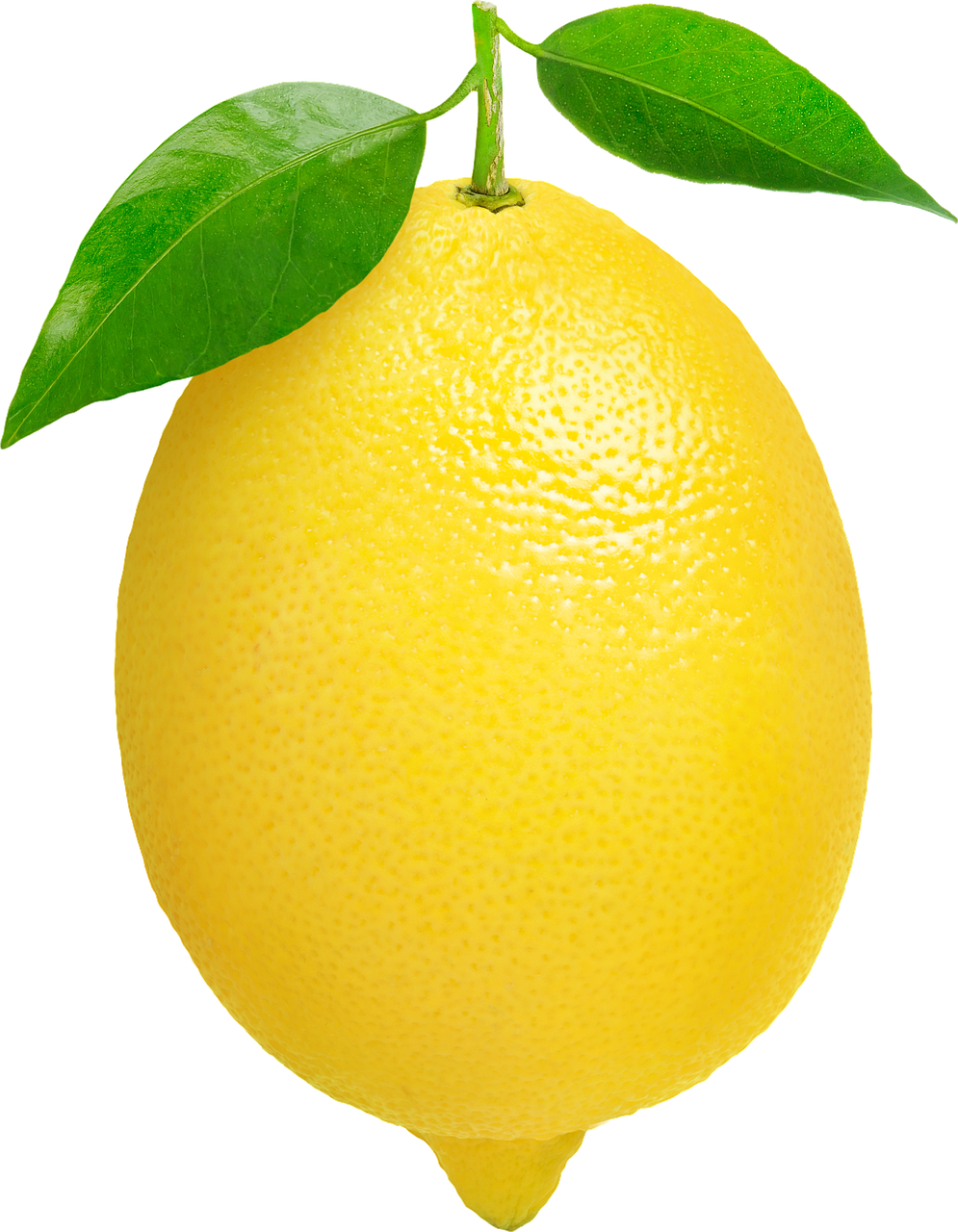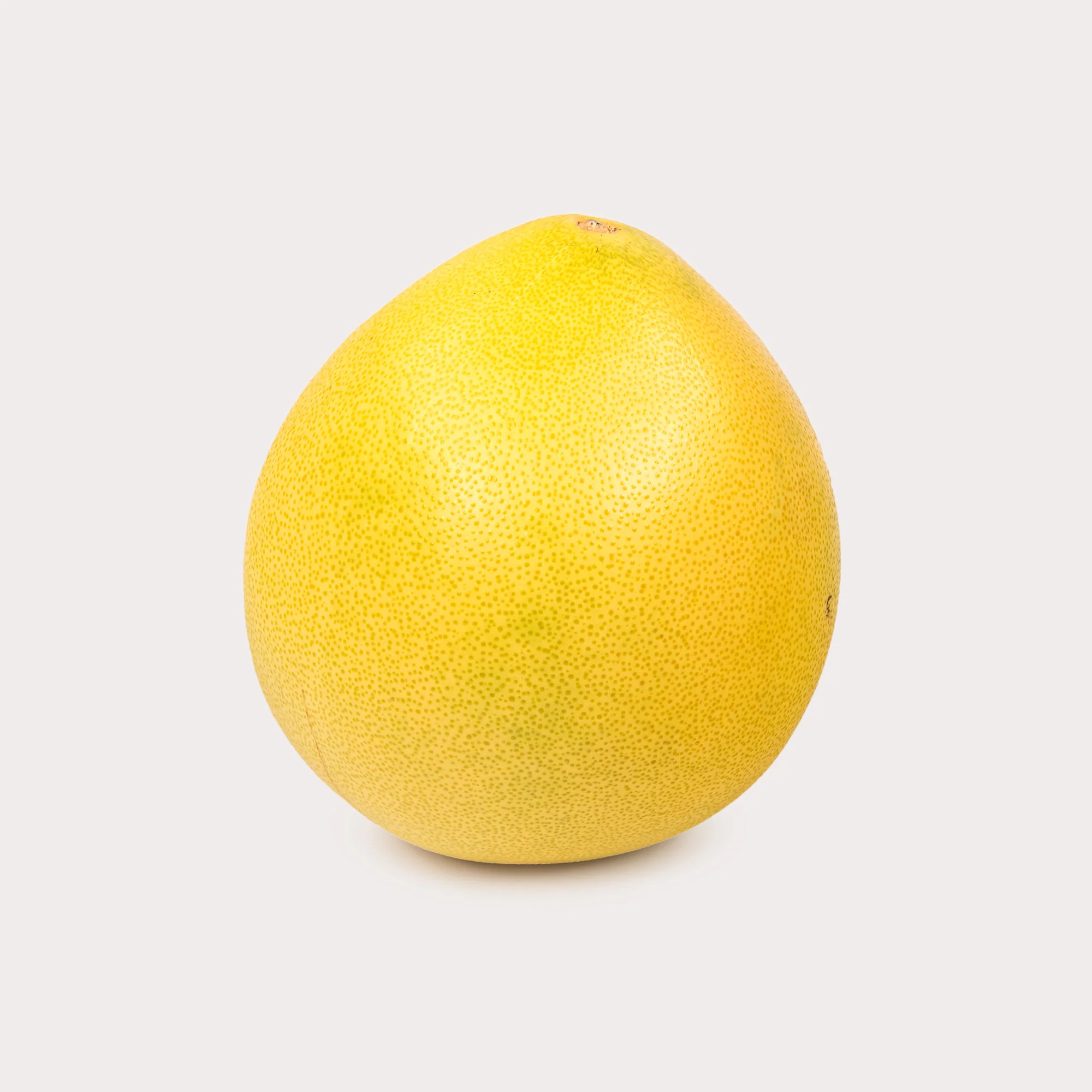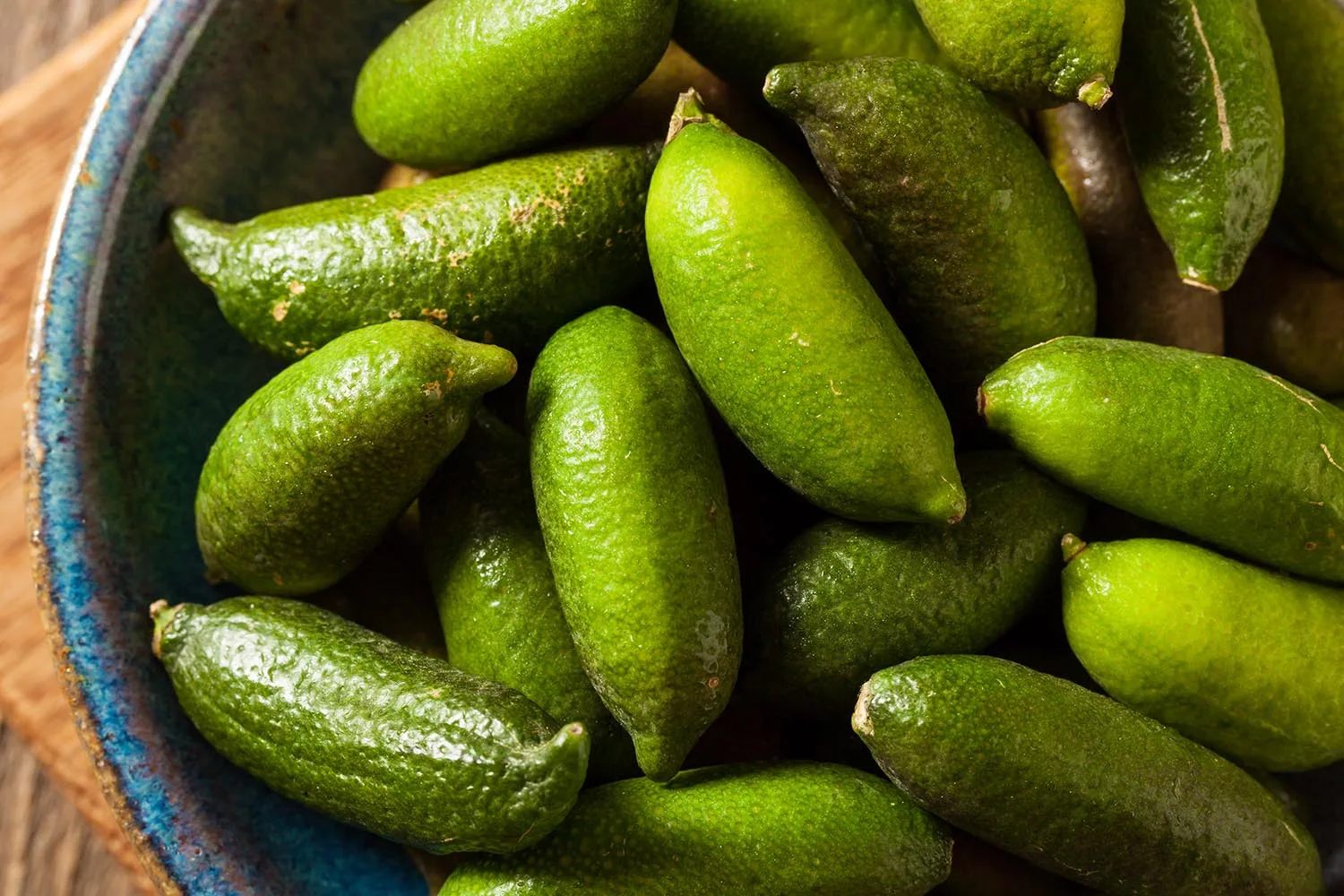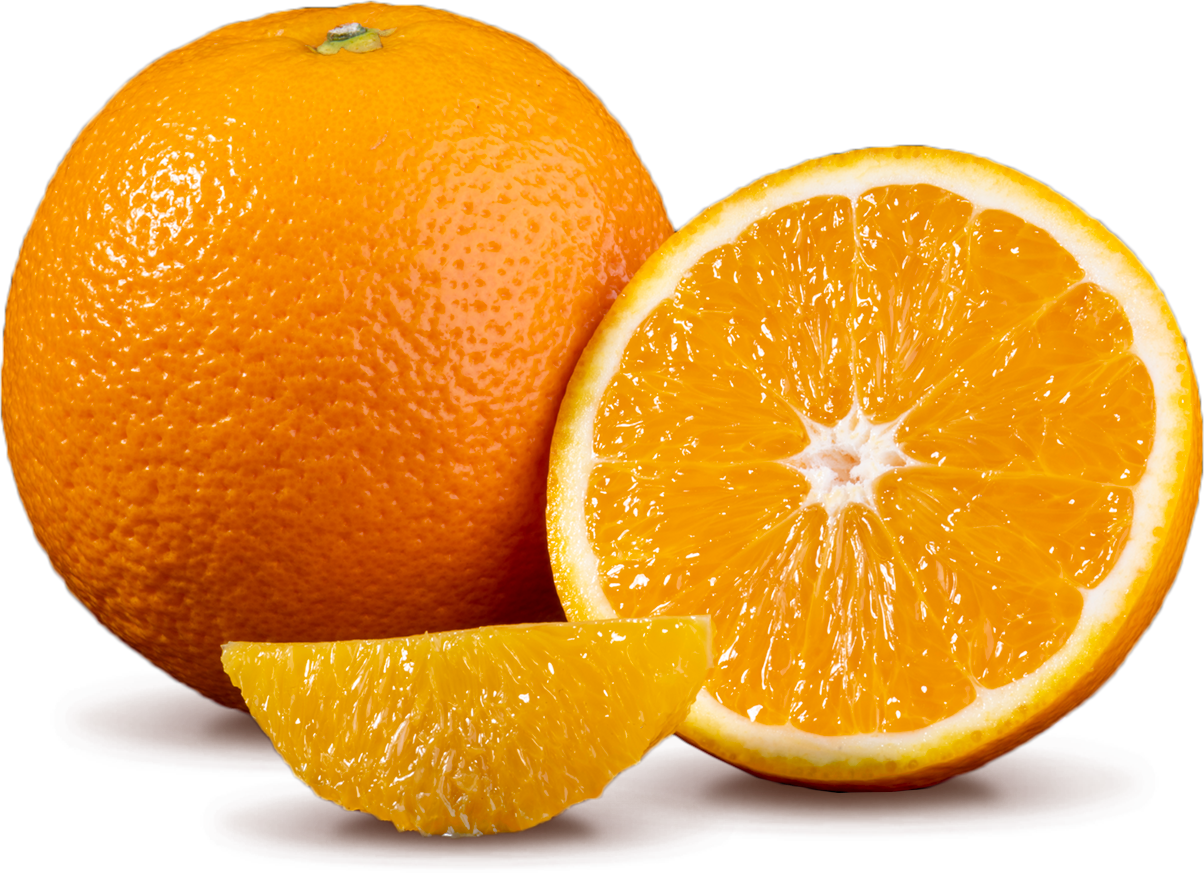Lemon (Citrus limon): Fruit Characteristics, Varietal Traits, Nutrition, and Distribution
The lemon (scientific name: Citrus limon) belongs to the Rutaceae family under the Citrus genus. It is an evergreen small tree known for its intensely sour fruit and diverse applications.
Fruit Characteristics
The lemon fruit is classified as a hesperidium. It typically has an oval shape with slightly pointed ends and varies in size depending on its variety—usually about 5-10 cm in diameter. The peel is moderately thick—smooth or slightly rough—and turns bright yellow when ripe. Its surface contains numerous oil glands that release a strong lemon scent. The flesh inside is pale yellow, segmented into sections filled with juice that has an extremely sour taste. Typically, the fruit contains a few oval-shaped white seeds.
Varietal Traits
While there are relatively few varieties of lemons compared to other fruits, some key cultivated types include:
- Eureka Lemon: One of the most common varieties; medium-sized fruits with high acidity; bears fruit multiple times throughout the year.
- Lisbon Lemon: Another major commercial variety; smooth-skinned with high acidity; yields consistently.
- Villafranca Lemon: Similar to Eureka but more resistant to cold temperatures.
- Meyer Lemon: Thought to be a hybrid between lemon and orange; has lower acidity with a sweet flavor and floral aroma; deep yellow smooth peel.
Nutritional Value and Potential Benefits
Lemons are packed with nutrients. Their flesh contains high amounts of Vitamin C, along with smaller amounts of B vitamins, potassium, and folic acid. The peel is rich in essential oils like limonene, as well as antioxidants such as flavonoids.
Eating lemons can potentially boost your immune system, aid digestion, enhance iron absorption from foods eaten with it, and provide antioxidant protection. Lemon juice also sees widespread use in cooking recipes, beverages like lemonade or cocktails, as well as household cleaning agents due to its acidic nature.

Distribution and Cultivation
The precise origin of lemons remains uncertain, but they are generally believed to have originated from Asia. Lemon trees prefer warm, humid climates with plenty of sunlight and well-drained soil but are sensitive to cold weather. Today, they are extensively grown across subtropical regions worldwide, including major producers such as Mexico, Argentina, Spain, and the USA, among others. They are primarily propagated through grafting techniques.



